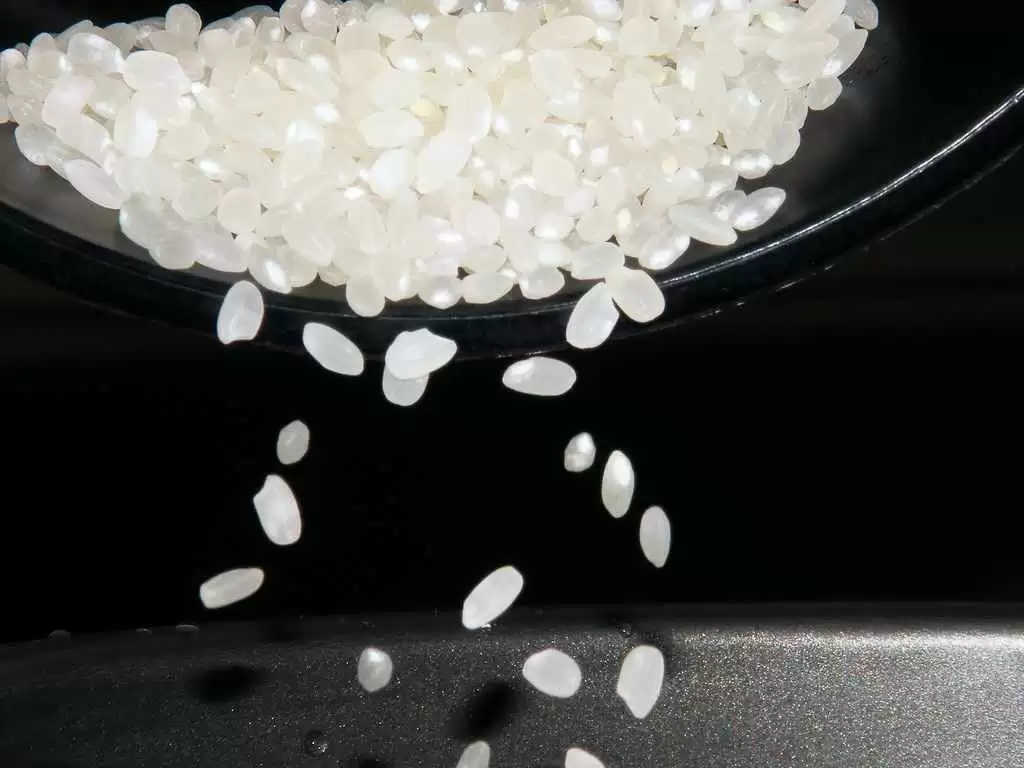
Celiac.com 05/05/2023 - Gluten-free products have become hugely popular in recent years, creating an opportunity for food companies to capitalize on this growing market.
However, removing gluten from bread and bakery goods poses a significant technological challenge, as gluten is an essential component of the wheat dough system that gives baked goods their desired characteristics. Without gluten, bread often falls flat in terms of quality, elasticity, texture, and overall customer favorability. Creating a gluten-free bread that's like real bread is like a Holy Grail for gluten-free bread makers.
Celiac.com Sponsor (A12):
Fortunately, researchers have been exploring alternative protein sources to compensate for the lack of gluten in gluten-free products. One promising option is dairy proteins, which have functional properties that can potentially mimic the protein-network structure of gluten.
In a recent study, researchers examined the impact of adding different levels of dairy products, at 10% and 20% weight for weight, to gluten-free bread formulas. They found that the addition of dairy products improved the dough rheology properties, which in turn led to better bread quality parameters such as volume and firmness.
The researchers also discovered a strong linear correlation between the pasting properties parameters, as measured by viscosity and elasticity, and bread staling rate, indicating that the use of dairy products has the potential to generate bread with a longer shelf-life.
Overall, the results of the study demonstrate that the addition of dairy products to bread and bakery ingredients can significantly improve the technological properties of gluten-free bread. This finding is good news for those who suffer from celiac disease or gluten intolerance and must rely on gluten-free alternatives to stay healthy.
As the market for gluten-free products continues to grow, there is a huge financial upside for companies to develop high-quality gluten-free options that are comparable in taste and texture to their gluten-containing counterparts. The use of dairy proteins as a substitute for gluten is a promising avenue for research and development in this area.
Obviously, companies need to work information like this into their own research to fully understand the potential of dairy proteins as a replacement for gluten in their products. However, studies like this one offer valuable insights into the potential technological advantages of using dairy products in the production of gluten-free bread. Here's to a future with where gluten-free bread tastes more like traditional bread.
Read more in Frontiers in Nutrition








Recommended Comments
Create an account or sign in to comment
You need to be a member in order to leave a comment
Create an account
Sign up for a new account in our community. It's easy!
Register a new accountSign in
Already have an account? Sign in here.
Sign In Now